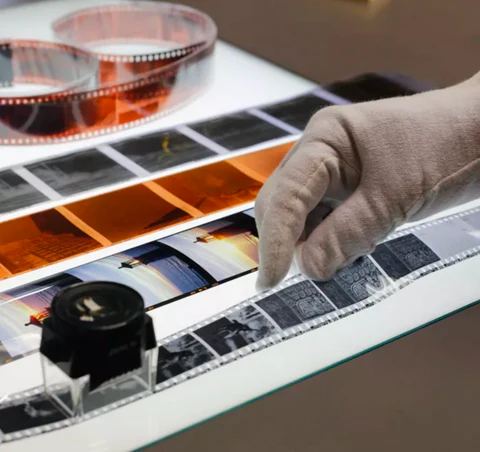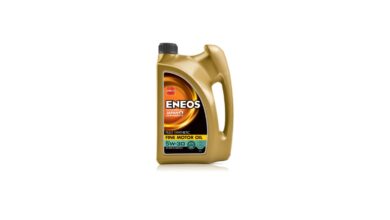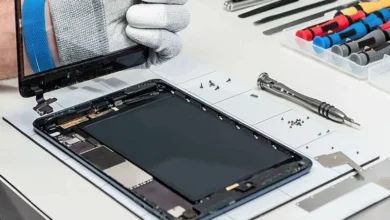From Lens to Lab: Navigating Mail-In Film Developing

Mail-in film growing is a convenient and reliable option for photographers who want superb processing and scans of their valuable film rolls. Whether you’re shooting 35mm or medium layout film, numerous legit labs like mail in film developing Los Angeles specialize in mail-in film offerings.
The Importance of Scanning:
Before discovering the labs, let’s deal with the elephant within the darkroom: scanning. Scanning your movie is simply as vital as how you shoot it. Why? Because the scanning method drastically impacts the final image pleasant. It’s an artwork form that requires skill and precision. Whether you shoot colour bad film or black and white, nailing the colour technological know-how and tonal balance during scanning could make or break your pix in the mail in film developing Los Angeles.
Mail-In Film Developing:
Film photography has an enduring attraction—it’s beautiful, nostalgic, and a lovely break out from our digital-heavy lives. But getting a movie developed may be a chunk problematic. Maybe your local labs have closed, or possibly you’re not satisfied with the great they provide. That’s where film developing by mail involves the rescue. Whether you’re a colour film enthusiast, a black-and-white aficionado, or a medium format digital camera nerd, there are labs out there that specialize in turning your uncovered film into beautiful pix.
The Art of Scanning:
Remember, scanning your film is simply as essential as the way you shoot it. Scanning is a tricky art form that requires ability and precision. It’s the bridge between your physical negatives and the digital international. Whether you shoot colour bad film or black and white, nailing the shade technology and tonal balance during scanning can notably affect your final pix.
Label and Sleeve:
Keep your film organized similar to you would with virtual files. Cut your movie strips, sleeve them, and store them in plastic binders. Use archival garage pages designed for specific film codecs. Label each web page with dates and take pictures and info. Archival binders guard your negatives from dust and dust, and they stack well on shelves.
Dealing with Dust:
Dust is the nemesis of movie scanning. Here’s a way to reduce it. Use an anti-static brush or compressed air to cast off dirt and lint from your film.Keep your scanner glass clean. Dust at the glass can be displayed on your scans. Also, ensure your movie holders are free of particles.Most scanning software gives equipment to dispose of dust spots after scanning. Use those to touch up your pics.
Scanning Techniques:
There are various strategies for film scanning:
Dedicated Film Scanners: These scanners are purpose-constructed for movies. They offer excessive-resolution scans and often include specialised software for colouration correction and dust removal.
Flatbed Scanners with Film Holders: Some flatbed scanners have film holders. While now not as specialised as devoted movie scanners, they could nonetheless produce decent outcomes.
DSLR Scanning: Using a virtual digicam with a macro lens, you can image your film on a mild table. Software like Negative Lab Pro can convert those uncooked captures into usable images.When scanning, don’t forget the following settings.
Resolution: Higher resolutionoffers you more elements but large record sizes. Choose a stability primarily based on your needs and you can do film developing by mail.
Post-Scanning Editing:
Once you have got your scans, put processing in which the magic takes place. Adjust colourings to health your imagination and prescient. Some software program gear mimics traditional darkroom strategies.Sharpening and Noise Reduction, enhance sharpness and decrease noise selectively.Save your scans in lossless formats like TIFF or DNG.



